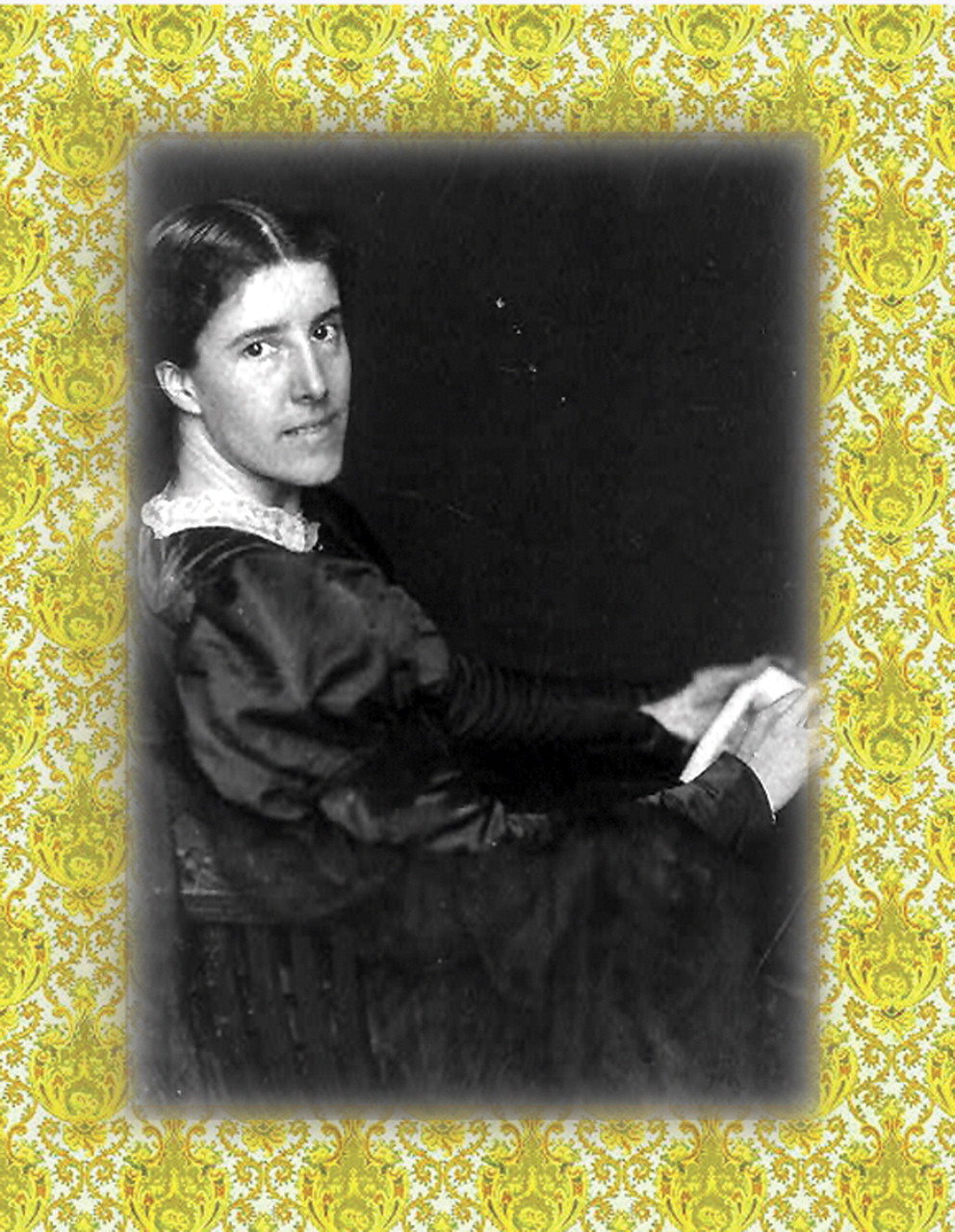In 1877, the celebrated neurologist S. Weir Mitchell published his monograph
Fat and Blood: And How to Make Them, describing a “rest cure” for neurasthenia. The plan was simple but drastic: “renewing the vitality of feeble people by a combination of entire rest and of excessive feeding” (
1, p. 9). The rest cure was adopted enthusiastically by the medical establishment in the United States and abroad and remained popular into the early 20th century. Even Sigmund Freud claimed to have used “Weir Mitchell’s rest cure” as a part of his psychoanalytic method (
2, p. 227).
In 1887, 10 years after writing
Fat and Blood and at the peak of his prestige, Weir Mitchell was consulted by Mrs. Stetson, an intense, passionately idealistic 26-year-old artist and writer who was unhappy in her marriage and who had suffered from a profound melancholic depression since the birth of her daughter 3 years before. Mitchell applied the rest cure, apparently with quick success, and sent her home with the advice to “live as domestic a life as possible,” “to have but two hours’ intellectual life a day,” and “never to touch pen, brush or pencil again.” (
3, p. 1).
In 1891, Mitchell’s famous cure became infamous, at least among literary circles in the United States. Mrs. Stetson, whom today we know as
Charlotte Perkins Gilman, by then separated from her husband, published a short story in
New England Magazine called “The Yellow Wallpaper”
(4) . The story is a first-person account of a woman’s harrowing descent into madness as she undergoes the seclusion and enforced idleness of Weir Mitchell’s cure. Her well-meaning but insensitive husband John, a doctor, treats her with mollycoddling tyranny: “He is very careful and loving and hardly lets me stir without special direction.” He insists on her isolation and idleness while he goes off to work for days and nights at a time. He even threatens her with being sent to Weir Mitchell. “But I don’t want to go there at all. I had a friend who was in his hands once, and she says he is just like John…, only more so!” Alone, increasingly despondent and nervous, confined to an upstairs bedroom all day, she becomes lost in a frightening hallucinatory world constructed around the pattern of the yellow paper on the wall. One day her husband finds her creeping on all fours around the room, now stripped of the hateful wallpaper. The final words of the story are, “Now why should that man have fainted? But he did, and right across my path by the wall, so that I had to creep over him every time!” Just in case Mitchell missed the publication of this damning story, Gilman sent him a copy.
Gilman worked tirelessly as a lecturer and writer for the rest of her life, which she ended by her own hand in 1935, 2 years after being diagnosed with breast cancer. Among her many social causes was euthanasia, perhaps another, final expression of her passionate belief in personal autonomy.


